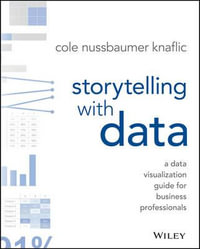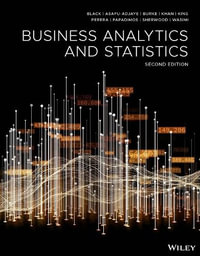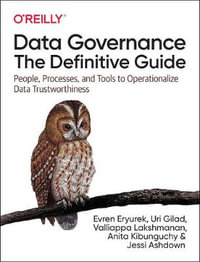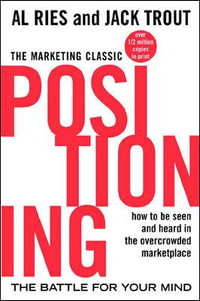
The Combinatory Systems Theory
Understanding, Modeling and Simulating Collective Phenomena
By: Piero Mella
Paperback | 8 August 2018
At a Glance
Paperback
$210.72
Aims to ship in 7 to 10 business days
ISBN: 9783319854878
ISBN-10: 3319854879
Series: Contemporary Systems Thinking
Published: 8th August 2018
Format: Paperback
Language: English
Number of Pages: 304
Audience: Professional and Scholarly
Publisher: Springer Nature B.V.
Country of Publication: CH
Dimensions (cm): 23.39 x 15.6 x 1.63
Weight (kg): 0.43
Shipping
| Standard Shipping | Express Shipping | |
|---|---|---|
| Metro postcodes: | $9.99 | $14.95 |
| Regional postcodes: | $9.99 | $14.95 |
| Rural postcodes: | $9.99 | $14.95 |
How to return your order
At Booktopia, we offer hassle-free returns in accordance with our returns policy. If you wish to return an item, please get in touch with Booktopia Customer Care.
Additional postage charges may be applicable.
Defective items
If there is a problem with any of the items received for your order then the Booktopia Customer Care team is ready to assist you.
For more info please visit our Help Centre.
You Can Find This Book In
This product is categorised by
- Non-FictionBusiness & ManagementBusiness Mathematics & Systems
- Non-FictionMathematicsApplied Mathematics
- Non-FictionComputing & I.T.DatabasesData Capture & Analysis
- Non-FictionComputing & I.T.Computer Science
- Non-FictionBusiness & ManagementManagement & Management TechniquesManagement of Specific AreasKnowledge Management
- Society & Social Sciences
- Non-FictionComputing & I.T.Business Applications
- Non-FictionReference, Information & Interdisciplinary SubjectsResearch & InformationInformation theoryCybernetics & Systems Theory























